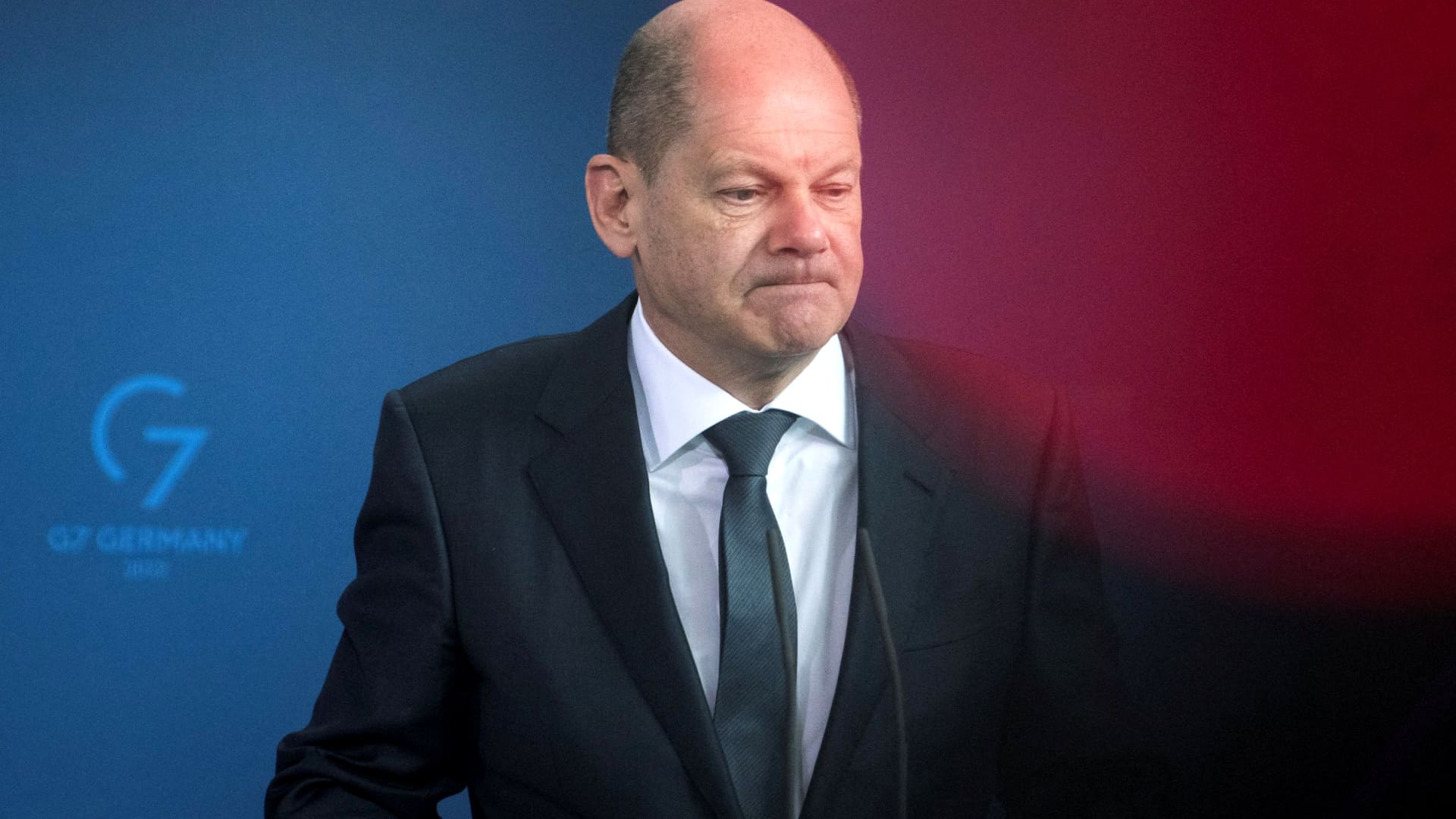Alright folks, listen up, because this isn’t just numbers on a screen – it’s a gut check for the market. Investment-grade corporate bond spreads just blew past an eight-month high, hitting a hefty 106 basis points. That’s a HUGE move, and frankly, it’s enough to make any sensible investor a little itchy.

What does this actually mean? It means investors are demanding a significantly higher premium to hold corporate debt. Why? Because they’re getting seriously nervous about the health of these companies. Risk aversion is building, plain and simple. It smells like fear, and when there’s fear, there’s opportunity… or potential pain, depending on how you play it.
Let’s break this down a bit. Credit spreads represent the difference in yield between corporate bonds and U.S. Treasury bonds. A wider spread signals increased perceived risk. Essentially, investors think there’s a higher chance these companies might default.
Historically, widening spreads have often preceded economic slowdowns. It’s a classic sign of tightening credit conditions. Now, I’m not saying we’re headed for a crash – but ignoring this signal would be utterly irresponsible, and frankly, a little stupid.
This isn’t a drill. This is the market whispering warnings. Pay attention. Adjust accordingly. Don’t be the last one out of the room when the music stops.
Deeper Dive: Understanding Credit Spreads
Credit spreads are a crucial indicator of market sentiment. They reflect the market’s assessment of creditworthiness. A narrower spread suggests confidence in the issuer.
These spreads are heavily influenced by macroeconomic factors like interest rates, economic growth, and inflation. Unexpected shifts in these areas can trigger significant spread movements.
Investment-grade bonds are considered relatively safer, but even these aren’t immune to risk during turbulent times. Monitoring spreads helps investors gauge potential returns versus risk.
The current spike is particularly noteworthy given the recent optimism surrounding the economy. It underscores the fragility of the current recovery and heightens uncertainty.






